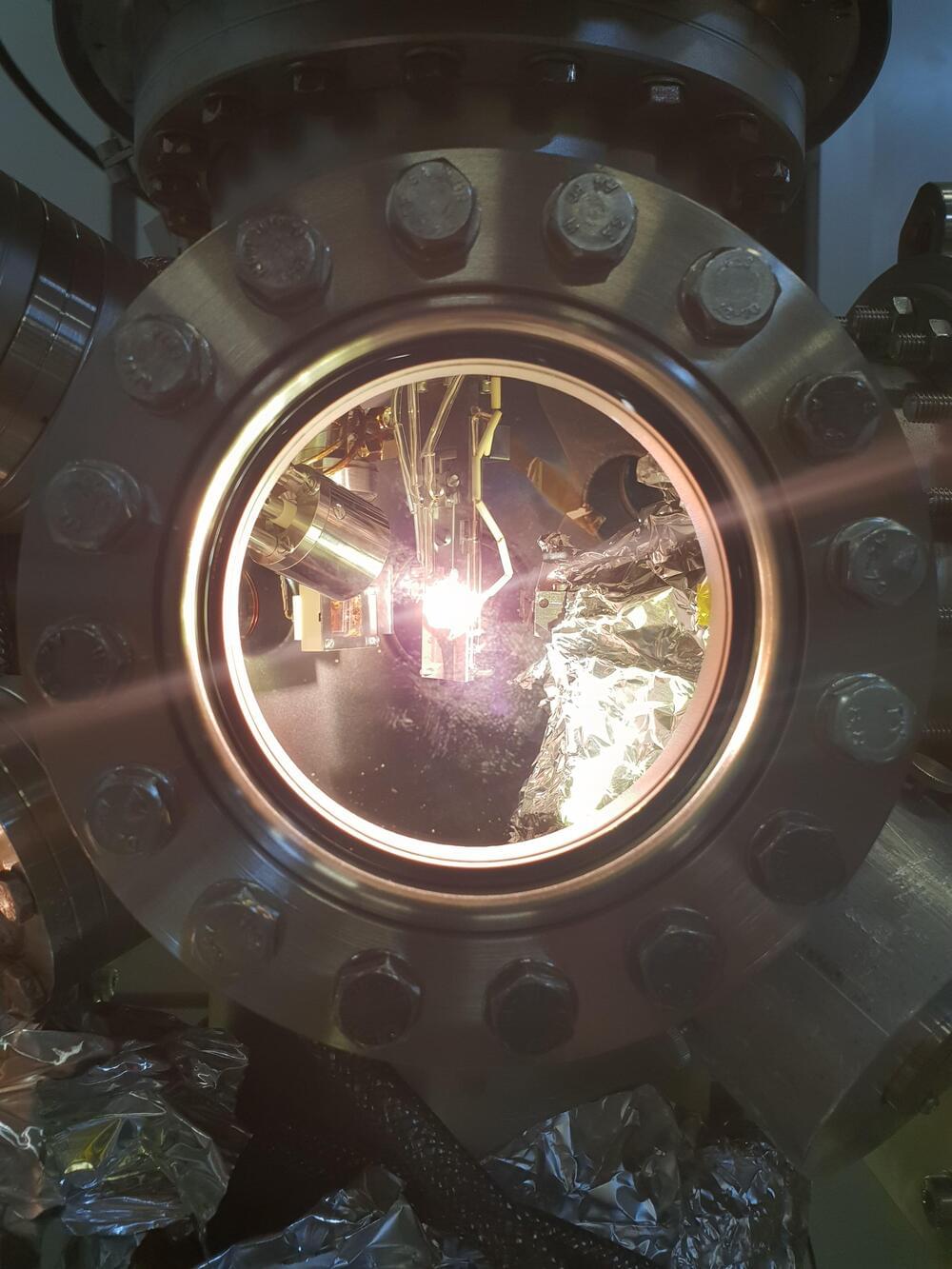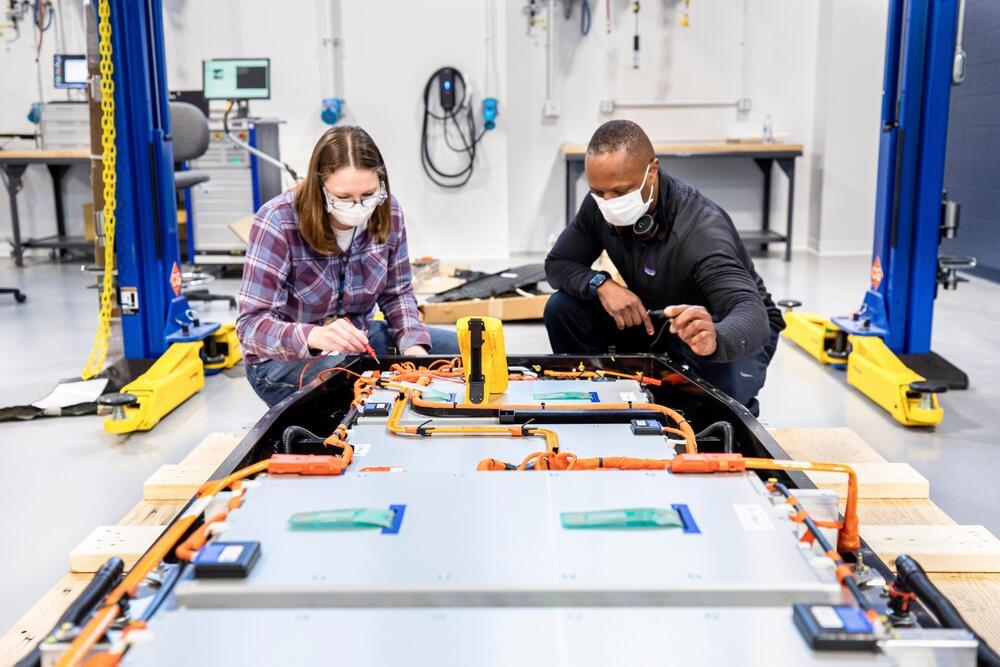Creating human-like AI is about more than mimicking human behavior — technology must also be able to process information, or ‘think’, like humans too if it is to be fully relied upon. New research, published in the journal Patterns and led by the University of Glasgow’s School of Psychology…
Magnetic solids can be demagnetized quickly with a short laser pulse, and there are already so-called HAMR (Heat Assisted Magnetic Recording) memories on the market that function according to this principle. However, the microscopic mechanisms of ultrafast demagnetization remain unclear. Now, a team at HZB has developed a new method at BESSY II to quantify one of these mechanisms and they have applied it to the rare-earth element Gadolinium, whose magnetic properties are caused by electrons on both the 4f and the 5d shells. This study completes a series of experiments done by the team on nickel and iron-nickel alloys. Understanding these mechanisms is useful for developing ultrafast data storage devices.









